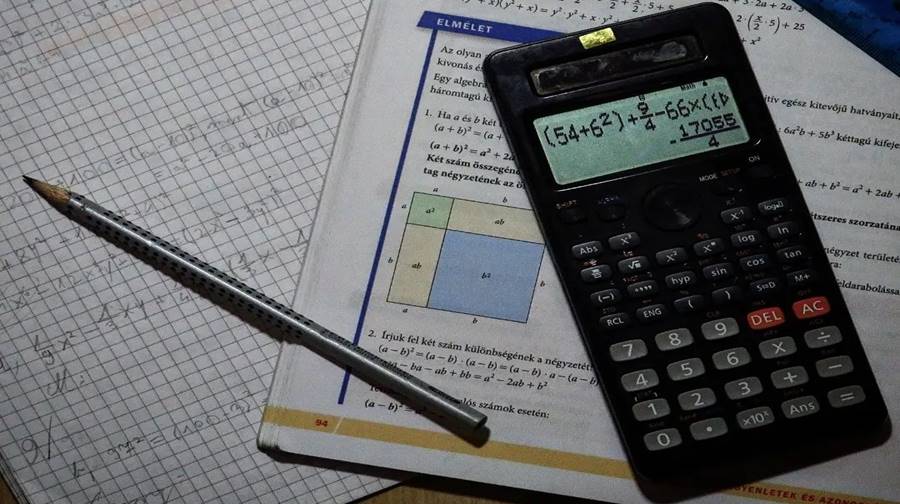The SAT is a standardized test used by colleges and universities to assess a student’s readiness for higher education. It includes sections on reading, writing, and math. The math section of the SAT allows students to use a calculator, and one of the most popular calculator types is the graphing calculator.
History of Graphing Calculator on SAT
The use of calculators on the SAT has evolved over time. Graphing calculators were first allowed in the early 1990s. At that time, only a few models were allowed, including the TI-81 and TI-82.
Since then, the SAT calculator policy has been updated to include more graphing calculator models and restrict the use of certain functionalities, such as wireless and internet capabilities.

Current SAT Calculator Policy
The current SAT calculator policy allows students to use any of the following types of calculators: graphing, scientific, and four-function. However, the policy places restrictions on the type of functionalities that these calculators can have.
For example, calculators with a QWERTY keyboard, wireless or internet access, and certain types of memory are prohibited.
Using a Graphing Calculator on SAT
Using a graphing calculator on the SAT can be an advantage for test-takers in many situations. It can help to simplify complex problems, save time, and reduce the likelihood of making errors.
Test-takers should learn how to use their graphing calculators efficiently to make the most of this tool during the exam.
Alternatives to Graphing Calculator on SAT
While a graphing calculator is a useful tool for the SAT math section, it is not always the best choice. Students who are more comfortable with scientific or four-function calculators may find that these tools are more suitable for certain types of problems.
In general, test-takers should use the calculator that they are most comfortable with and that can best help them to solve the problems.
FAQs on Can You Use Graphing Calculator On SAT?
Using a graphing calculator on the SAT can help simplify complex problems, save time, and reduce the likelihood of making errors. It can also be useful for graphing equations and functions, solving systems of equations, and performing complex calculations.
No, not all graphing calculators are allowed on the SAT. The SAT calculator policy specifies which calculator models are allowed, and there are restrictions on the types of functionalities that the calculators can have. Students should check the current calculator policy before bringing their calculator to the exam.
Yes, students are allowed to bring a backup calculator to the SAT. However, both calculators must meet the requirements of the SAT calculator policy.
No, the SAT calculator policy prohibits the use of calculator memory for storing formulas and notes. Test-takers should bring scratch paper and a pencil to the exam to take notes and work out problems.
No, the SAT calculator policy prohibits the use of calculators for communication purposes, including sending or receiving messages from other students. Test-takers who violate this policy may be dismissed from the exam and have their scores canceled.
Conclusion
In conclusion, graphing calculators are allowed on the SAT, and they can be useful tools for test-takers. However, students should be familiar with the current calculator policy and ensure that their calculator meets the requirements.
They should also practice using their calculator efficiently and consider whether a graphing calculator is the best choice for every problem. With these considerations in mind, students can make the most of their calculators and increase their chances of success in the SAT math section.